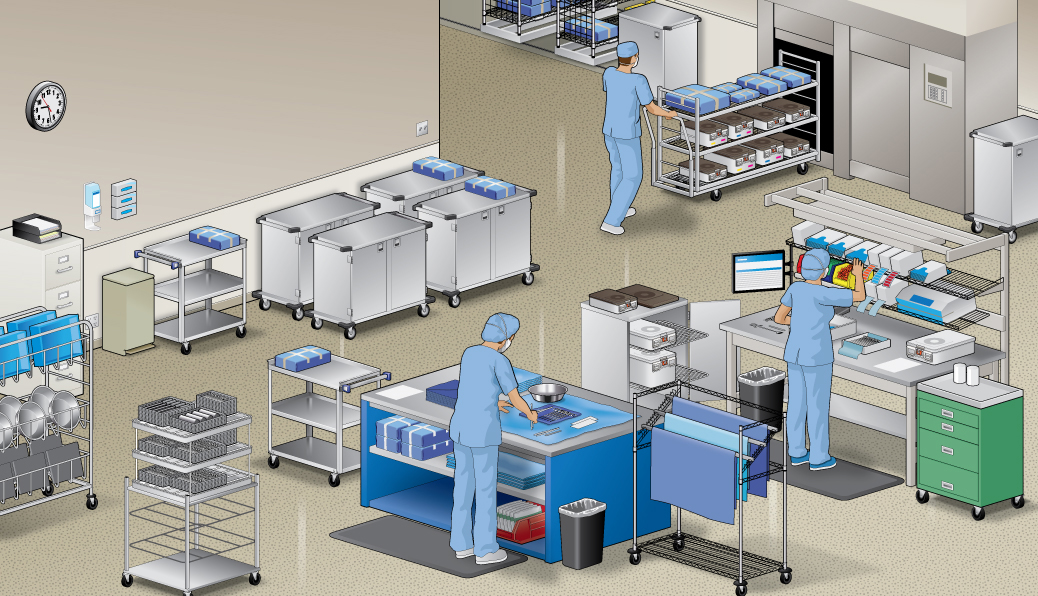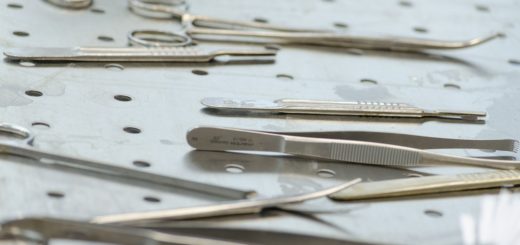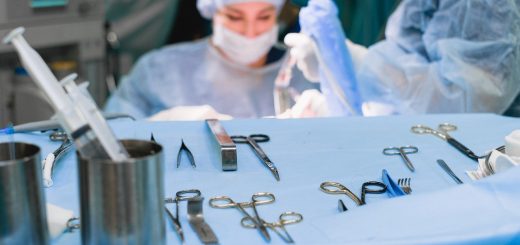Sterile Processing Guidelines and Objectives
Since it is primarily geared towards efficiency and high quality, the sterile processing department design is something that is given much thought.
Everything is made to efficiently deliver the CSSD’s primary mandate of providing a safer environment for the entire facility by properly decontaminating and sterilizing the items that come into contact with the patients.
Location is a primary consideration — it should be somewhere easily accessed, preferably where it can simultaneously reach the different departments that need its services. One should also take into account the departments it will serve — one should define the number of operating suites, for example, as well as the services that will be performed within.
Another great consideration will be the sterile processing department workflow.
This is roughly divided into four steps:
Decontamination
This plays the biggest part in the SPD sterile processing, since it is meant to ensure that the instruments, equipment, and consumable supplies are all decontaminated through either mechanical or manual means. This includes steam and gamma sterilization services.
Assembly and Packaging
After the SPD sterile processing, the items have to be prepared for use. They can also be prepped for storage, or further processing . The items can be packaged using different materials: non-wovens, textile, pouches, and rigid containers.
Sterile Storage
From the assembly and packaging area, the decontaminated items are taken to a sterile room where it is stored to ensure it does not catch contaminants while still not being used. The hospital sterile processing would be useless unless there are steps taken to ensure the sterility is maintained.
Distribution Area
This is where the aforementioned location plays a large role in the sterile processing department design. The distribution area is in charge of taking telephone orders and taking filled out requisition orders. More importantly, the send out the different items from the sterile storage, making sure that all materials and supplies are in fresh stock when needed.

Within these broad descriptions are smaller tasks that follow a stringent quality standard. This includes the following:
Transport
This covers the correct conveyance of the used supplies from their users to the decontamination area. The process ensures that the contaminated items do not spread infection, but using covered carts or containers.
Sorting
At this point, handling of contaminated items should be minimal. Single-use items and disposable sharps should be correctly identified and properly disposed of.
Soaking and Washing
Soaking is required only if there are tough stains or lots of debris, including bloodied equipment. Washing generally also includes the SPD sterile processing, which comprises a great part of the sterile processing department workflow.
Aside from this, quality assurance personnel make use of mechanical, chemical, and biological indicators to ensure that the items are as free from contaminants as possible.
The hospital sterile processing is also supported by administrative monitoring that supervises all work practices, enforcing policies and procedures for all activities.
They are the ones who ensure that the Central Sterile Supply Department guidelines are followed to the letter, for the safety of the entire institution.



Very interesting